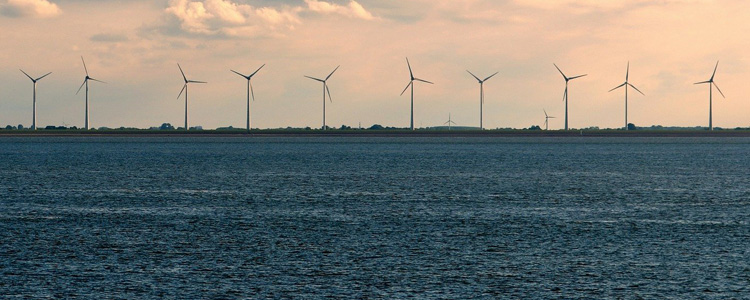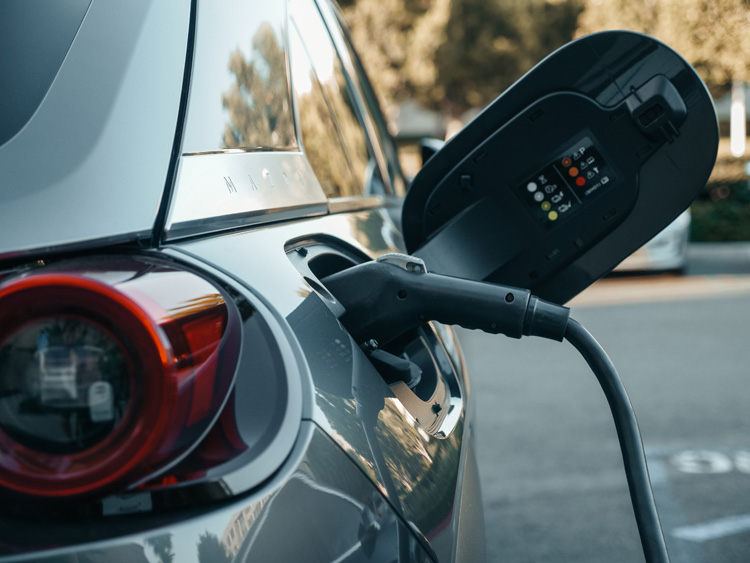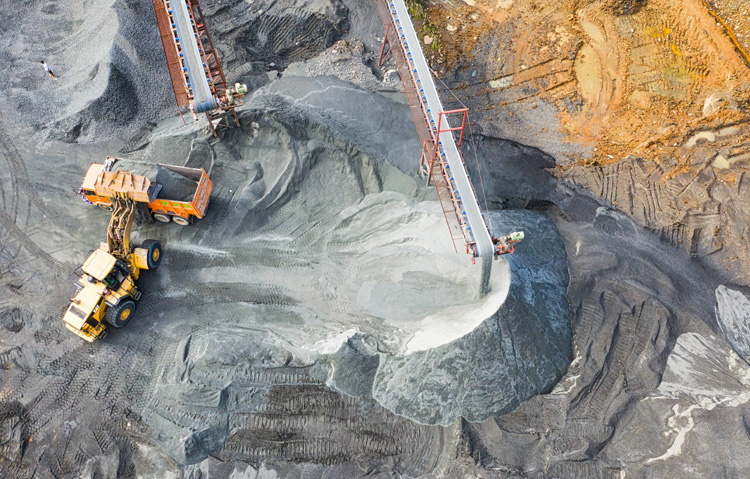ADVANCING OFFSHORE WIND

HOW CAN WE EXPAND OFFSHORE WIND TO REACH 2030’S 40 GW TARGET?
The UK’s history is enriched with maritime activity. Surrounded by water from John o’ Groats to Lands’ End, the surrounding waters have played a pivotal role in trade, travel, and most recently, electricity production. Achieving the Government’s target of generating 40 gigawatts (GW) of offshore wind power every year by 2030 will require continued investment and development in power equipment.
Offshore wind power plays to the nation’s geographical strengths while also providing a clean energy source to fuel the country’s path to net zero. The North Sea’s high quality wind resources and relatively shallow water make it an ideal location for offshore wind farms. According to the International Renewable Energy Agency (IRENA), around 90 per cent of global offshore wind capacity is located in the North Sea, which is why the UK is already a world leader in this renewable power source.
However, to reach the Government’s 2030 production goal, energy suppliers must make advancements in wind turbine technology, while simultaneously considering how their generated power will be safely transferred to the grid.
IMPROVED TURBINE TECHNOLOGY
Turbines capable of producing more power per rotation are essential for the development of efficient offshore wind farms. One way of improving turbine efficiency is to increase the blade length.
An increased blade length means that stronger forces will act on the turbine, so the blade material needs to be appropriately chosen. To achieve an adequate stiffness-to-weight ratio to avoid deflection, carbon fibre or fibreglass blades are typically favoured. However, there is an expanding market for hybrid reinforcements, which combine the two materials together for optimum sturdiness.
Improvements in wind turbine technologies have already triggered a move into deeper waters to use sites with better wind resources. Static wind turbines are still restricted to waters at a maximum depth of 60 metres, so to upscale the UK’s wind power output, floating wind turbines will be essential.
MORE SUITABLE SITES
Once all viable sites within 60 metres of shore have been constructed, floating wind projects will become vital to offshore’s growth. Floating offshore wind farms, which can be located up to 80 kilometres (km) from land, could play a key role in the long-term decarbonisation of the power sector.
Floating wind turbines sit on a steel and concrete floating system instead of a fixed base, meaning they can be placed in a larger number of sites up to 200 metres deep. They can also be towed, allowing them to be relocated without much additional cost. This broadens the potential output that offshore wind could provide and brings it one step closer to the 40 GW target.
SECURED POWER SUPPLY
Like all renewable energy, offshore wind can be unpredictable and inconsistent, which can make grid connection challenging. In periods of high wind, large inrush currents occur, which can lead to overvoltages on the grid and subsequent equipment malfunctioning.
It’s important to prepare for these inevitable inrush currents by integrating technologies such as pre-insertion resistors (PIRs). Already in use across many of the UK’s windfarms, Cressall’s PIRs have a high thermal mass, which allows them to absorb excess energy produced by the inrush current and safely dissipate it as heat. This prevents damage to the grid and improves the reliability of offshore wind’s power supply.
Offshore wind holds great potential in the shift towards renewable energy and could be the key to decarbonising electricity generation. However, we must continue to advance critical power protection technologies to prevent any obstacles in its upscaling and to enable this powerful resource to flourish.


